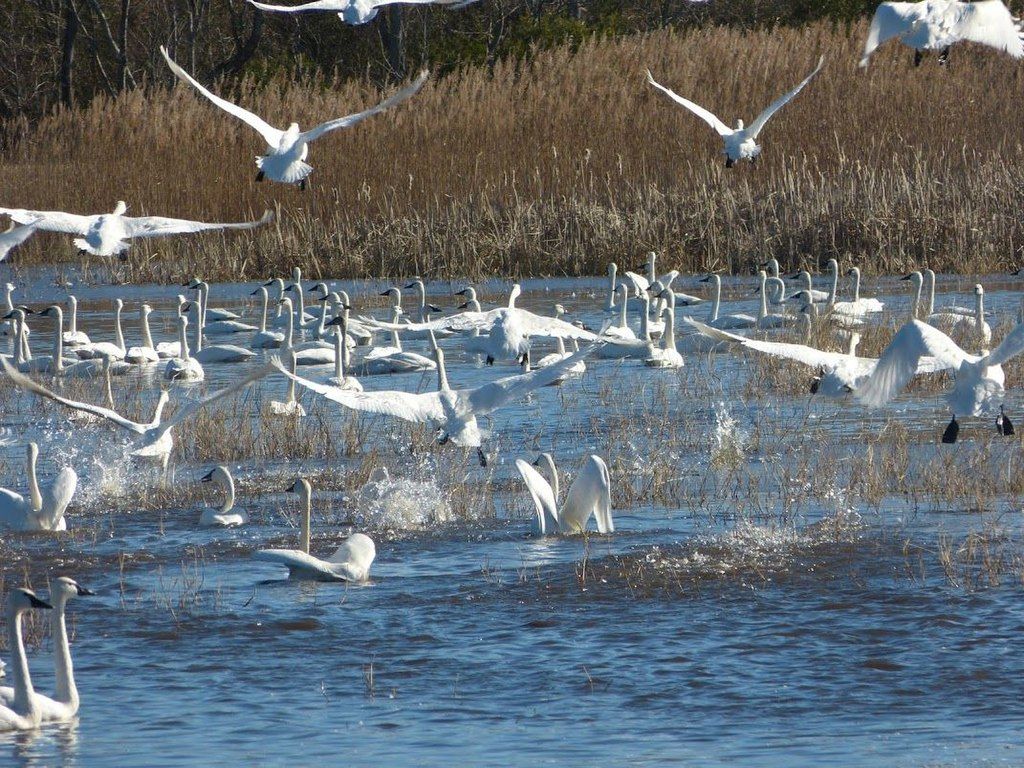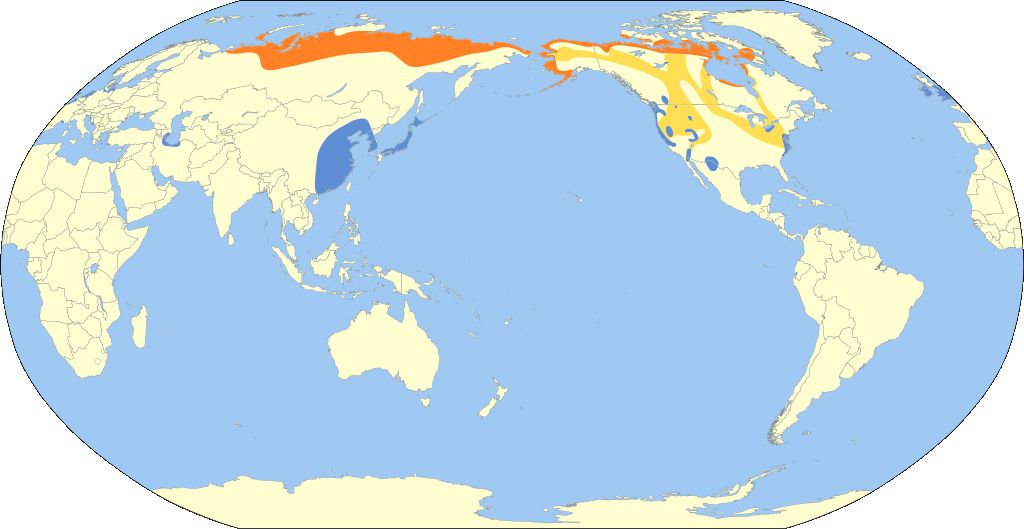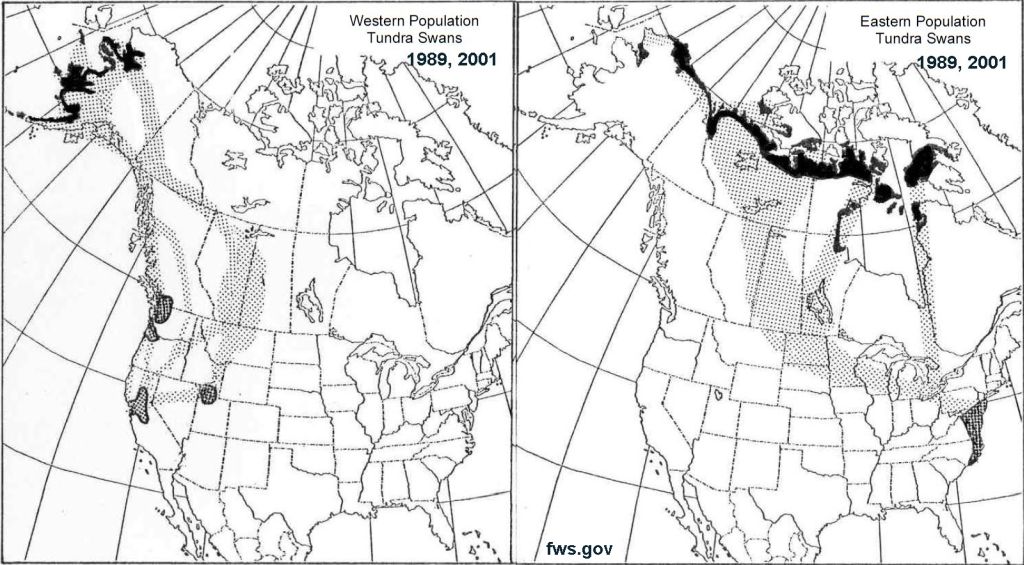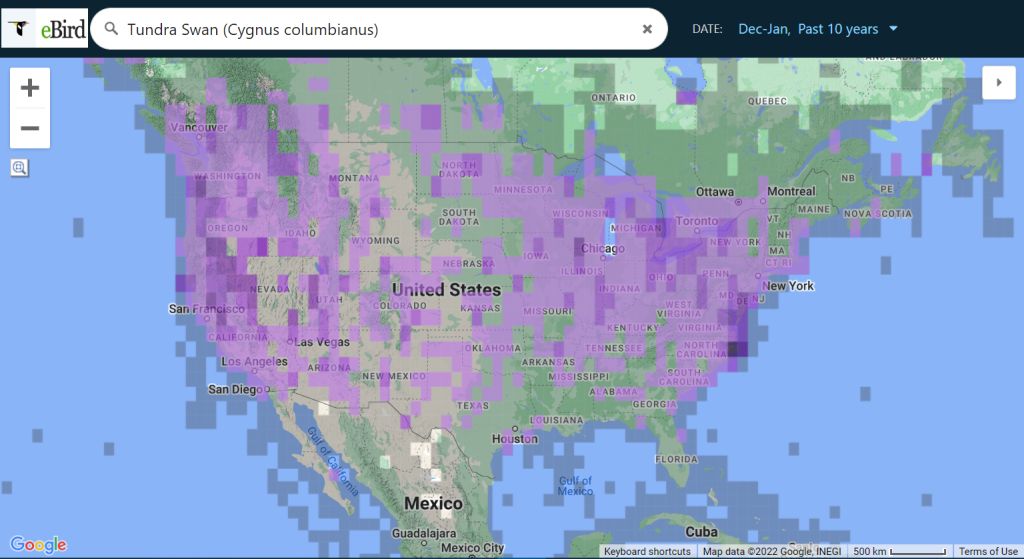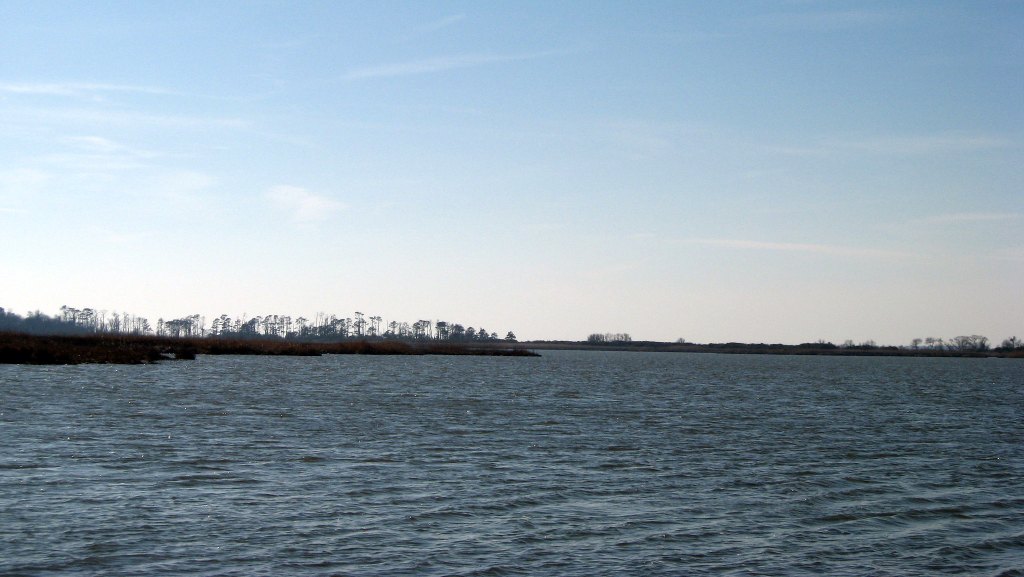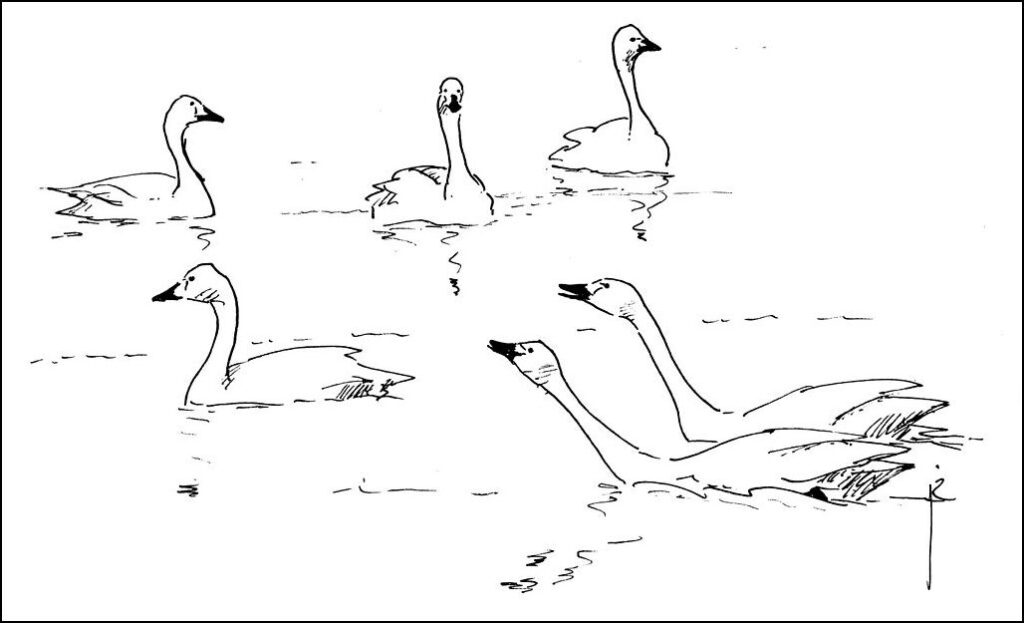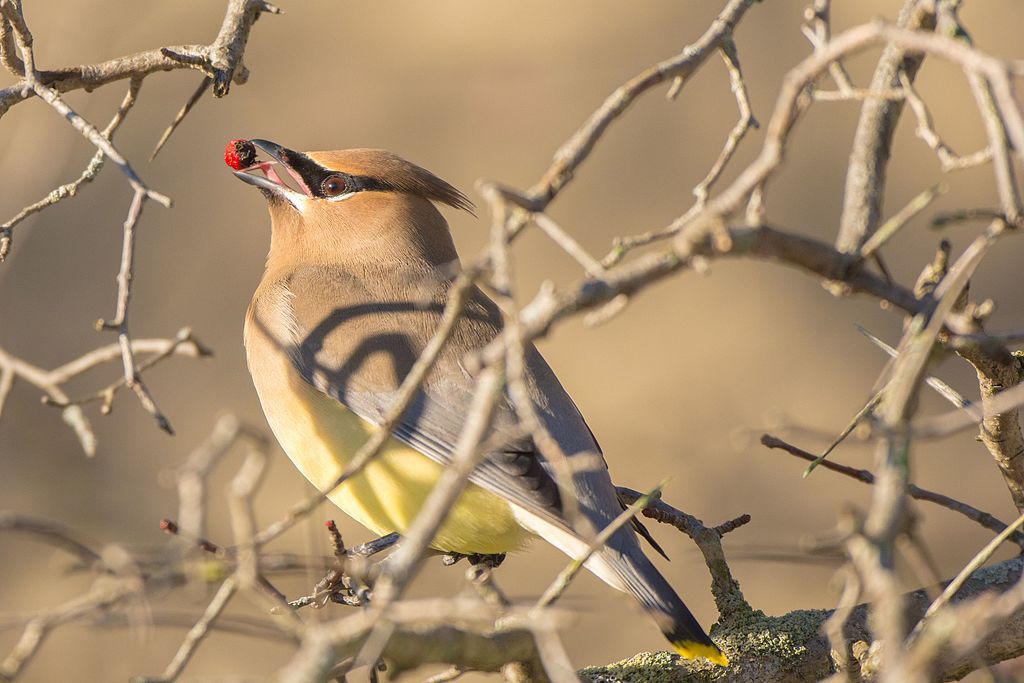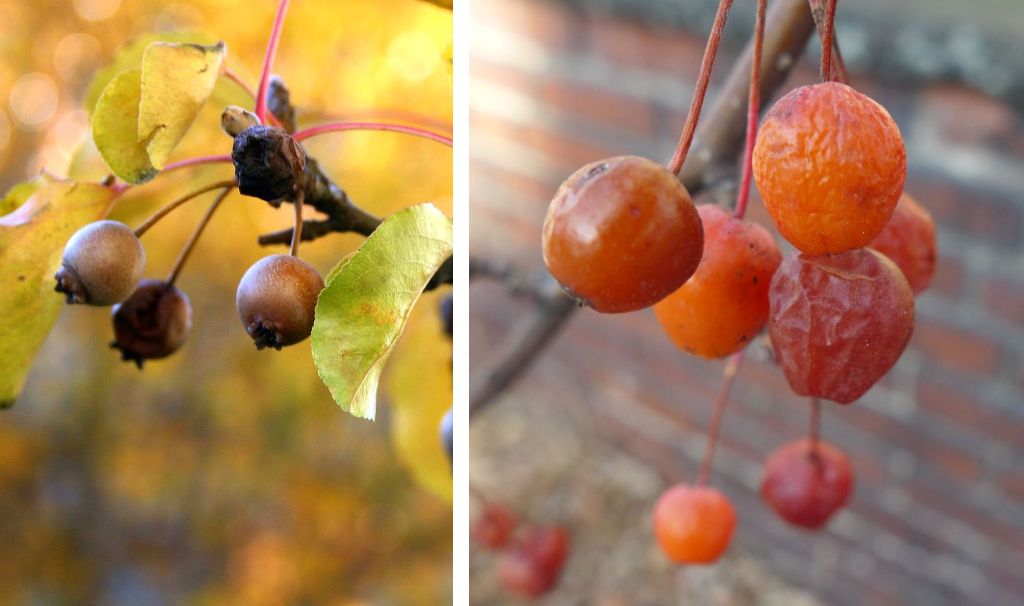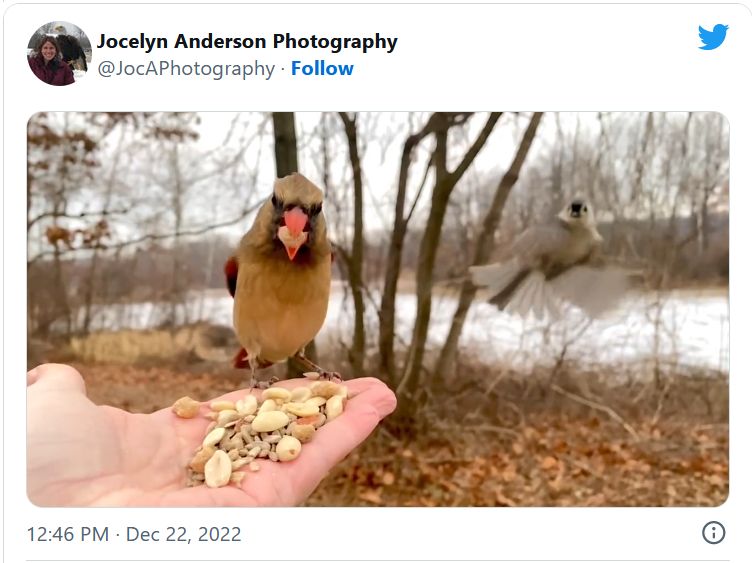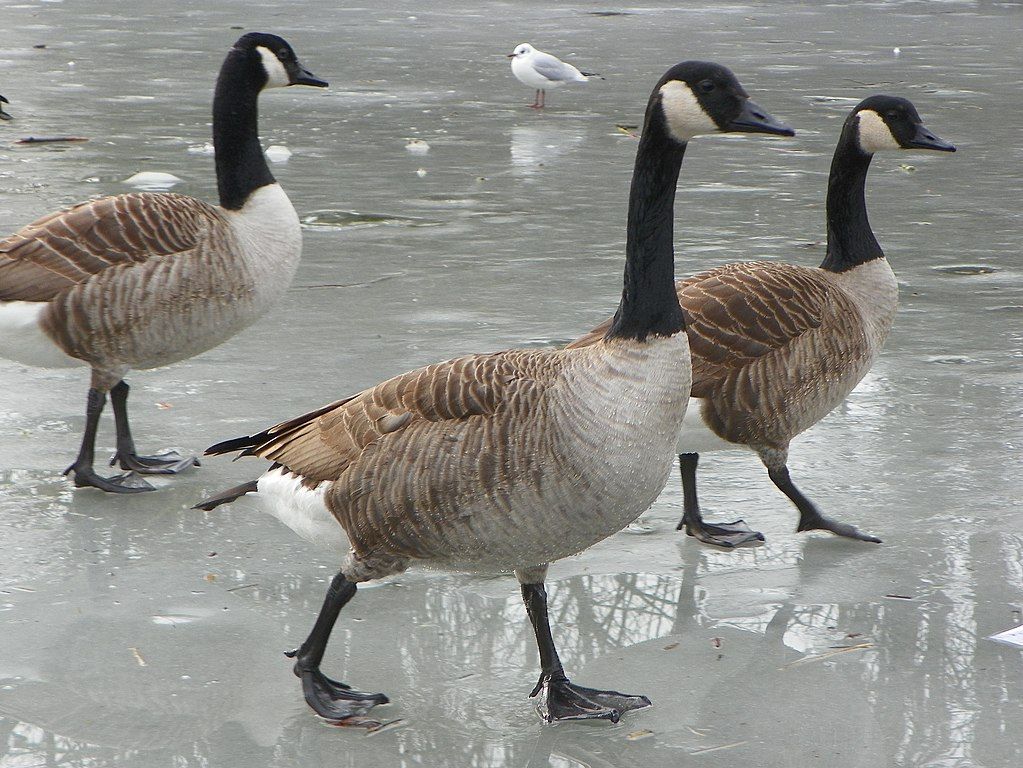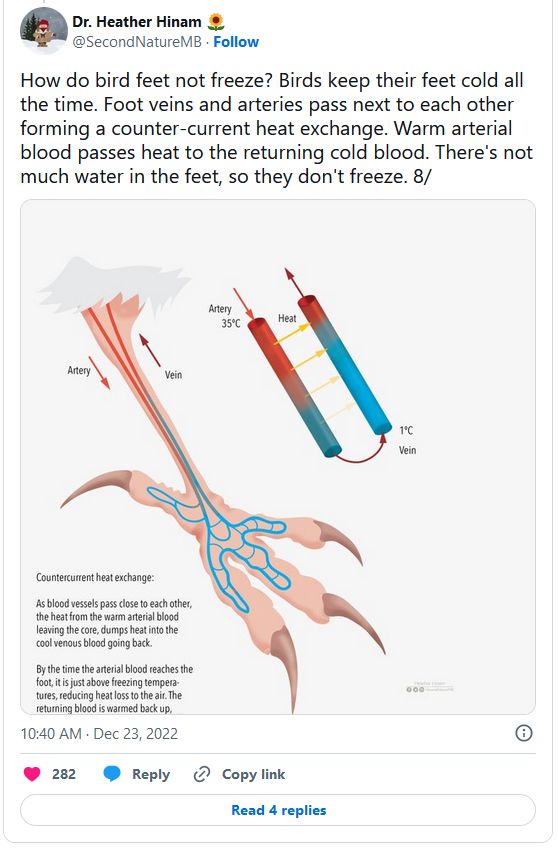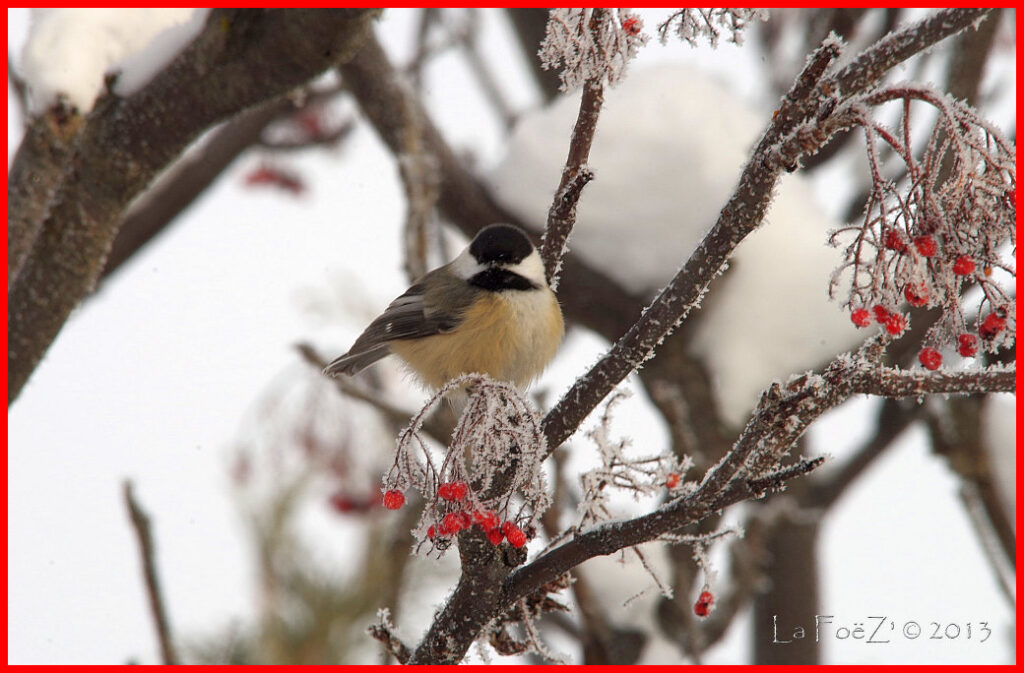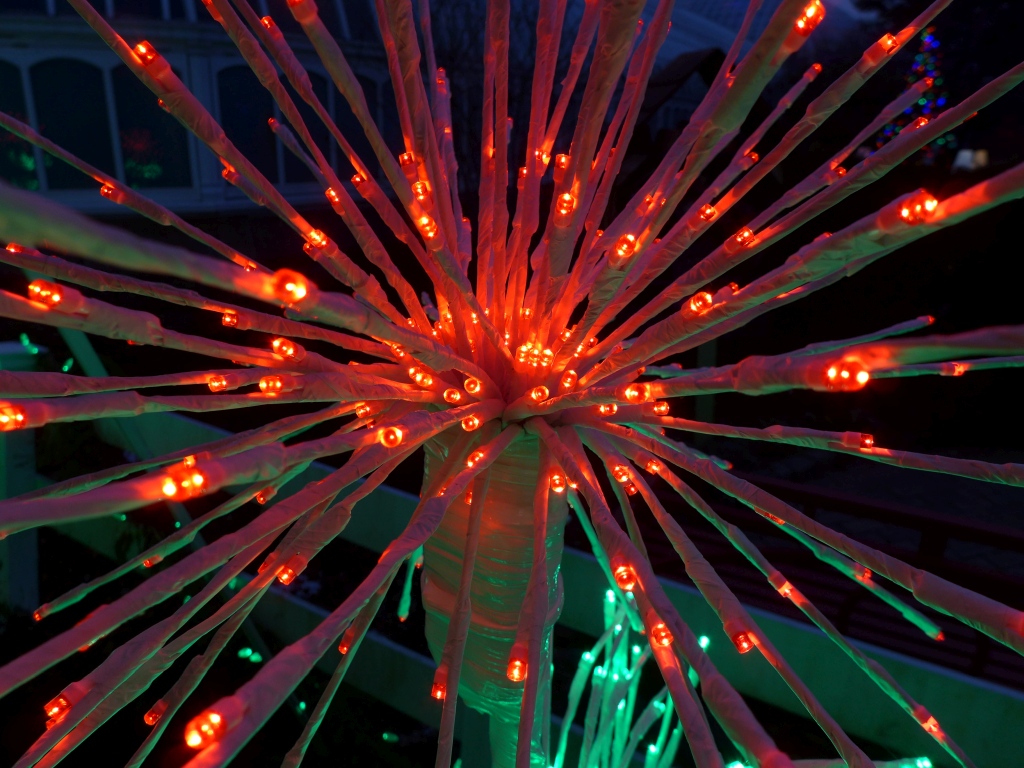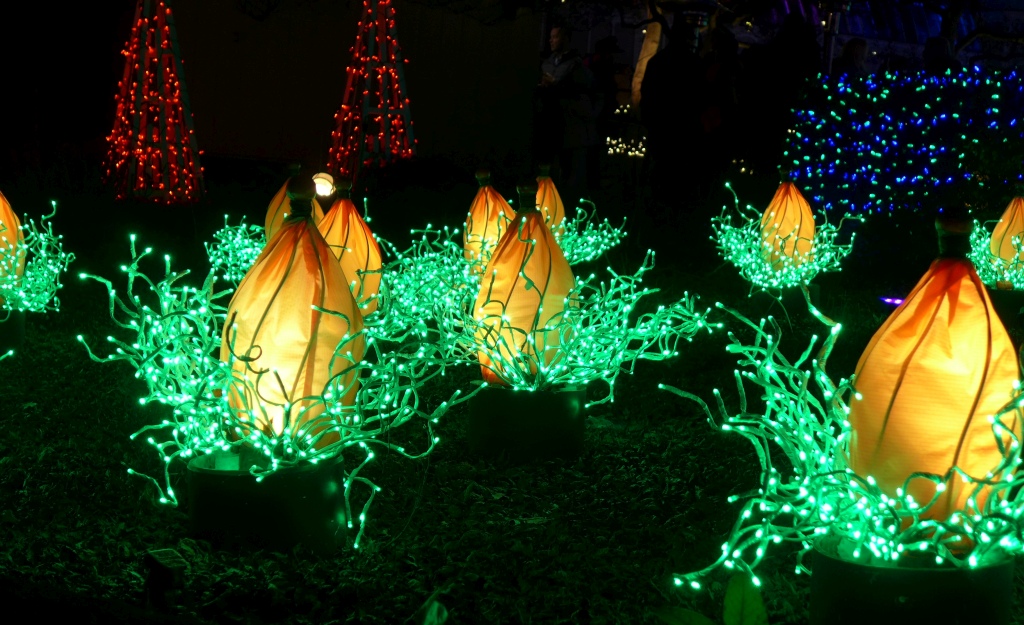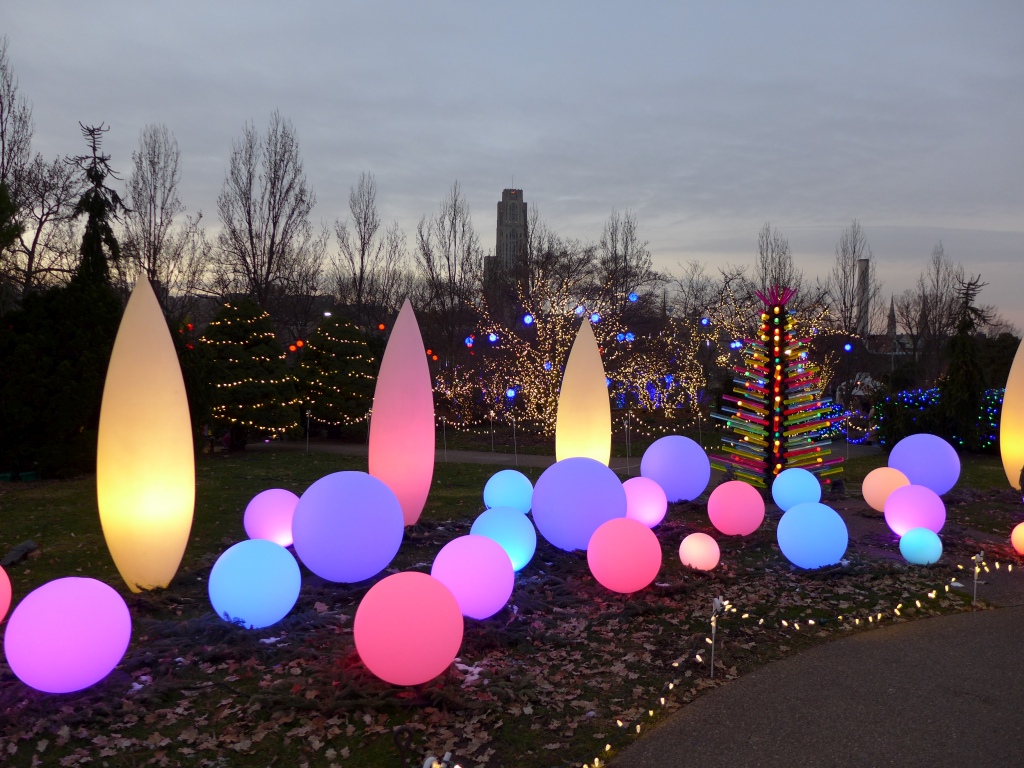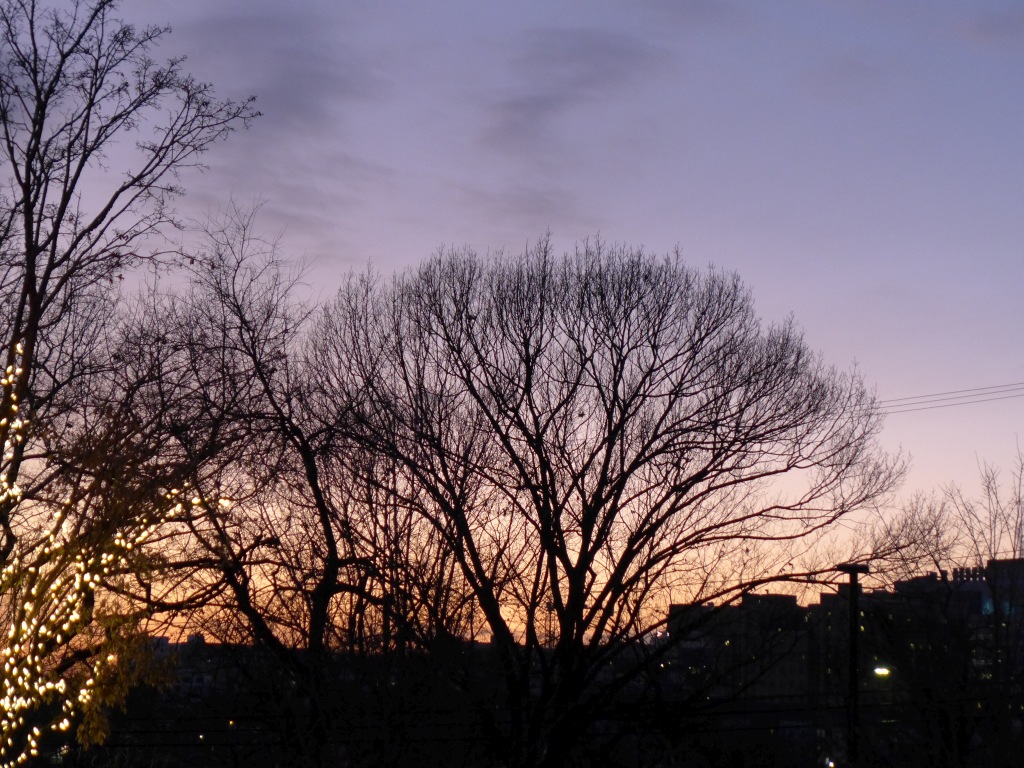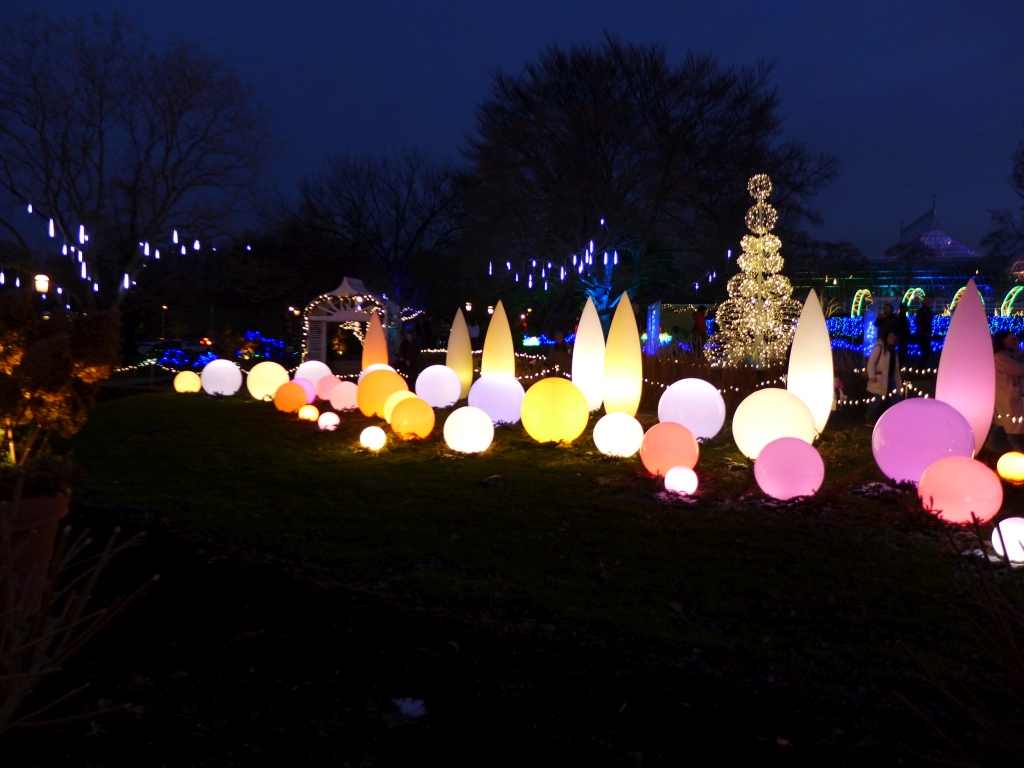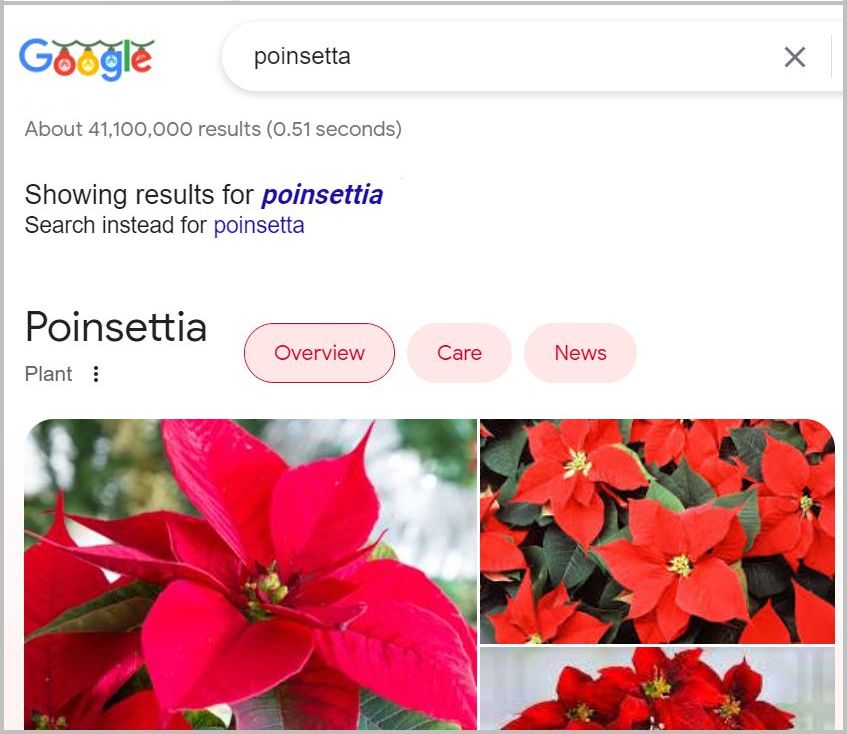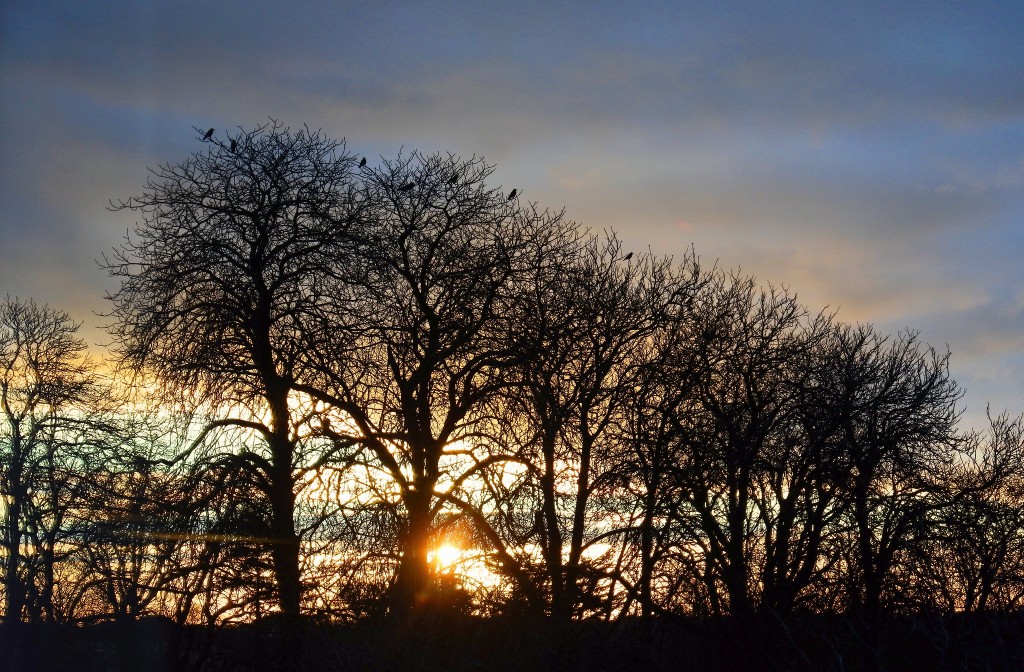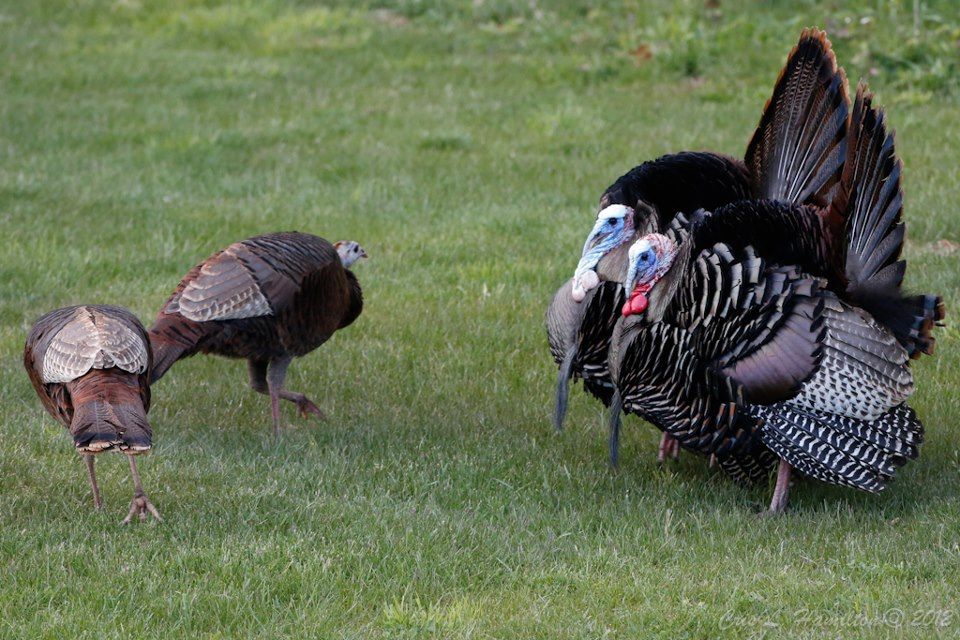
30 December 2022
Wild turkeys introduce themselves to each other on a personal basis but when it comes to where they live humans get involved.
Last summer eBird revised their species maps to show “introduced” versus “native” ranges of all the birds. For North American species that have been introduced elsewhere in the U.S. the results were bi-colored orange and purple maps. See maps for introduced house finches and bobwhites at Common Birds, Exotic Ranges.
Apparently wild turkeys were introduced, too. So how do the native turkeys stay neatly on their own side of the Washington-Idaho border? Don’t they introduce themselves to the other guys?
according to ebird turkeys are hyper-aware of political boundaries, and i imagine there is a brutal ongoing conflict between introduced turkeys (in orange) and native turkeys (in purple) for control of the west pic.twitter.com/Lu9x6tTkKg
— ryan (@RyanFMandelbaum) November 24, 2022
(photo by Cris Hamilton)
